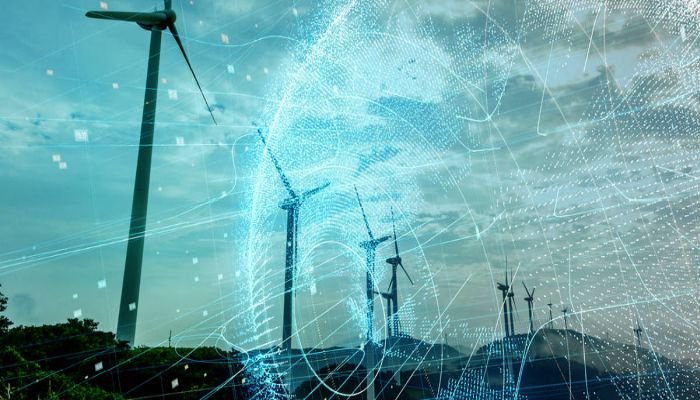Blockchain is a decentralized ledger technology. When applied to the energy sector, it will enable people to trade energy among themselves. Just as Venmo allows the exchange of money with its peer to peer platform, blockchain will enable a fundamental shift in the distribution of energy.
Here’s why this is big…
This shift will stimulate more renewable energy projects as a whole, ultimately forwarding our transition from carbon-emitting electricity generation. Tokenizing renewable energy allows wind, solar and hydro producers to seamlessly connect with investors, who are willing to pay upfront for the right to consume renewable energy. As a distributed system, the middleman is removed.
One demonstration of what this distributed system might look like within a local community is the Brooklyn Microgrid Project.
In this project, solar panels are installed on five buildings. All unused energy is sold to neighboring buildings. While all the buildings are still connected to the grid, transactions are managed and stored on a blockchain.
Through smart meter technology and blockchain software, transactions are easily made from neighbor to neighbor. This project is proving out the concept that blockchain can create a local community market for renewable energy.
Blockchain also allows producers to raise capital by issuing their own energy tokens. Investors can either consume this energy, or resell it when it is closer to being produced. The end result is a multidimensional platform that has the potential to create a smarter, cleaner grid.
Blockchain makes a new energy sharing economy possible, one that facilitates an open exchange of power between homes, with all transactions recorded through a decentralized ledger. This will represent a fundamental change in the way we generate, use and distribute energy for the better. Its promise will empower all of us to determine the impact our homes have on our climate.
Reference- CoinDesk, Brooklyn Microgrid Project,






